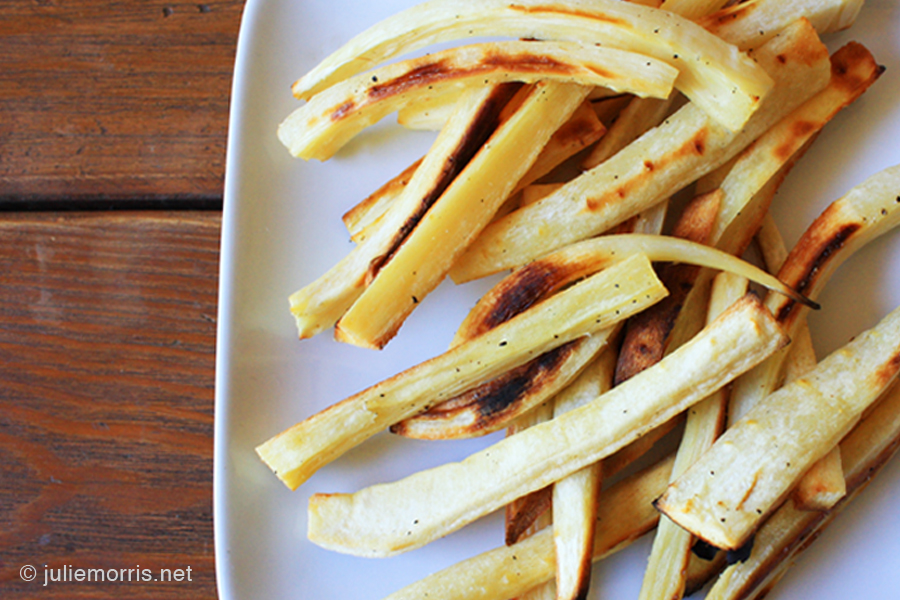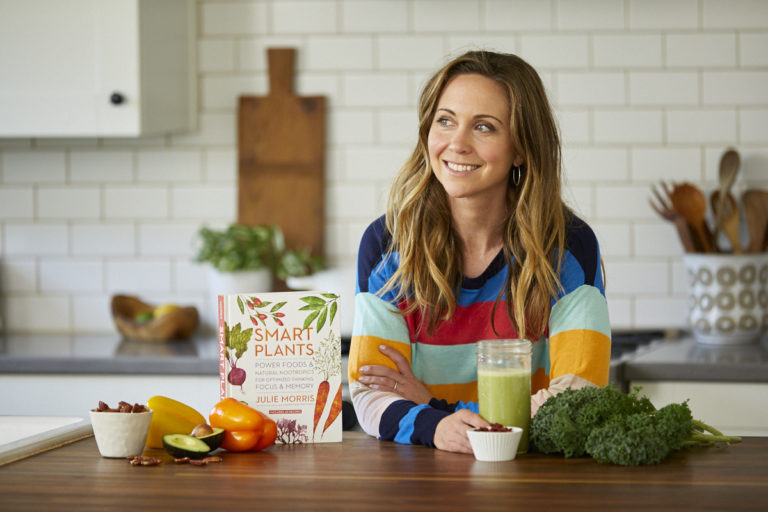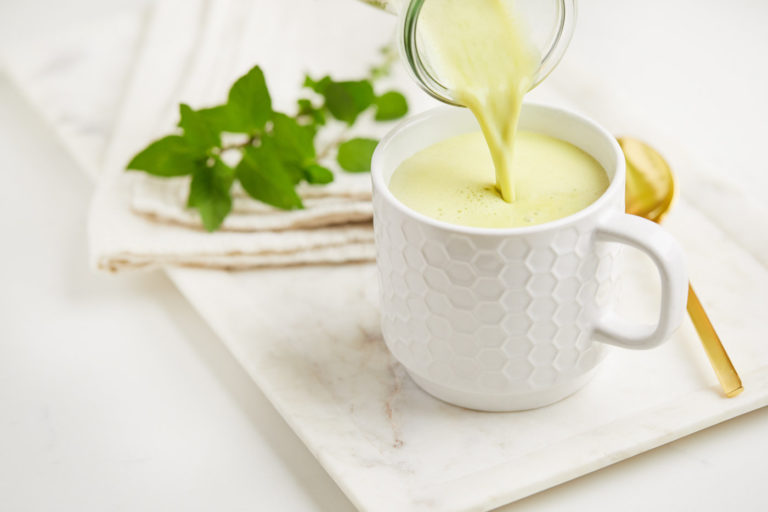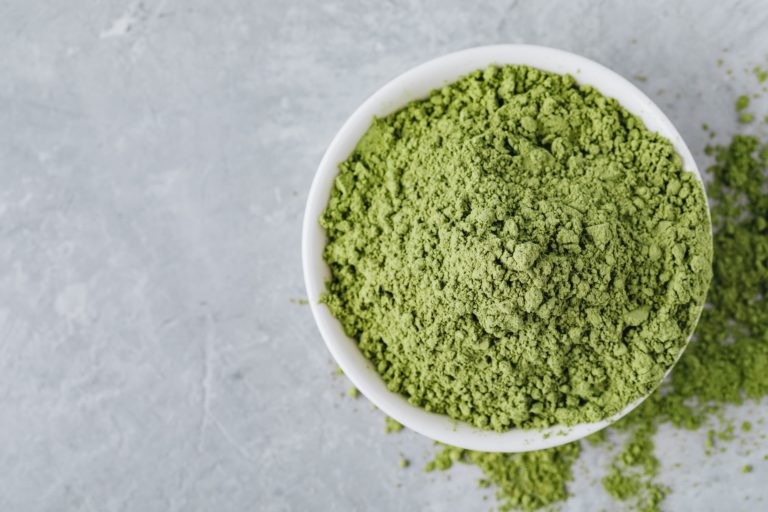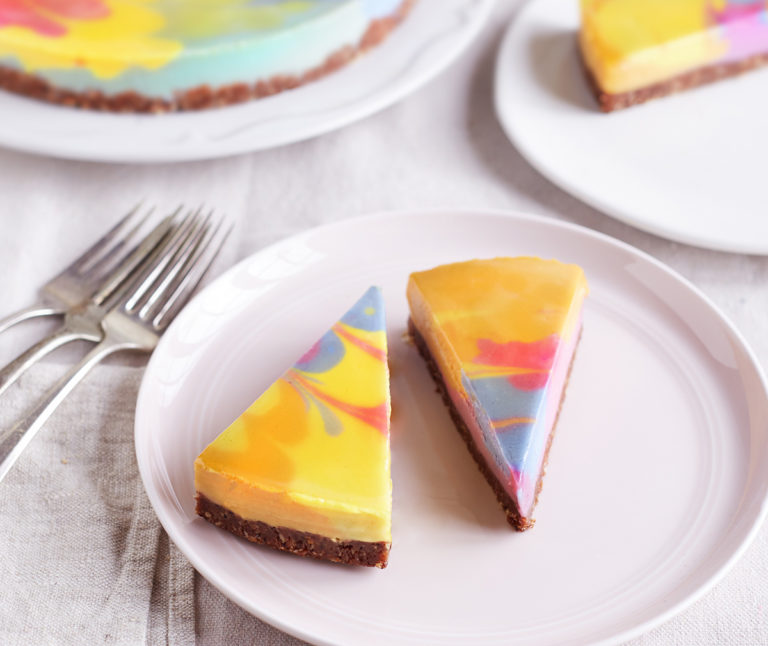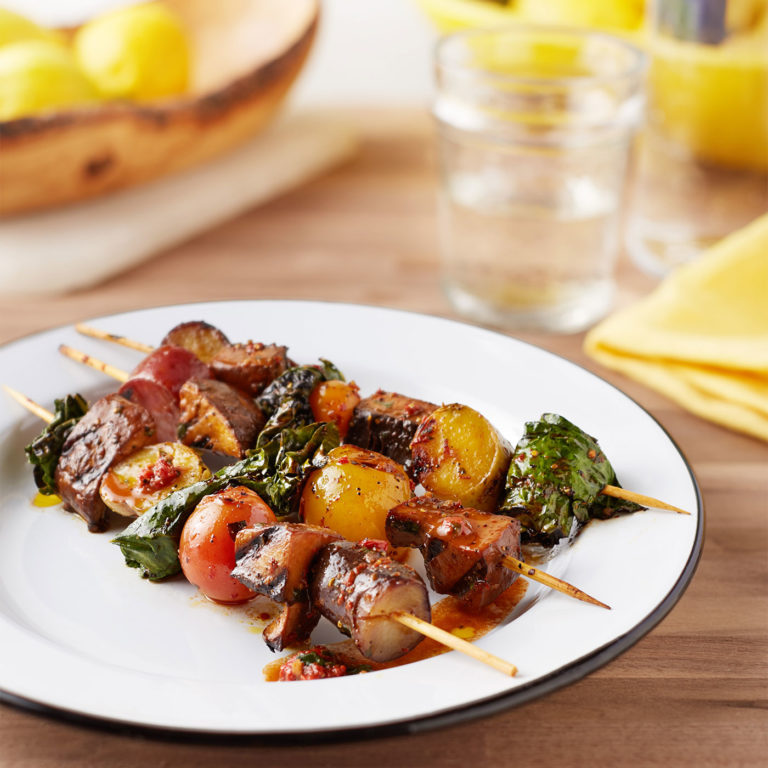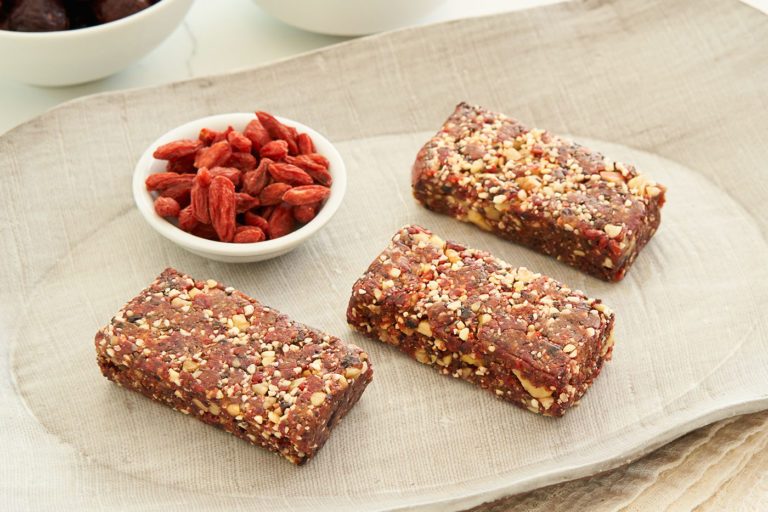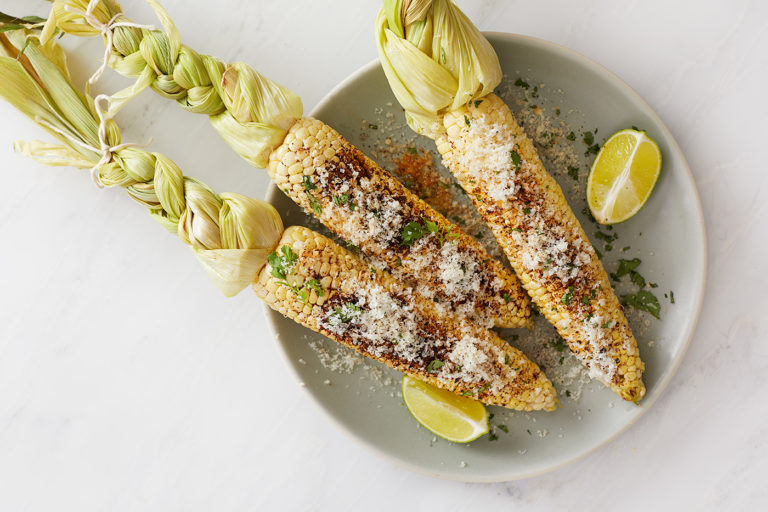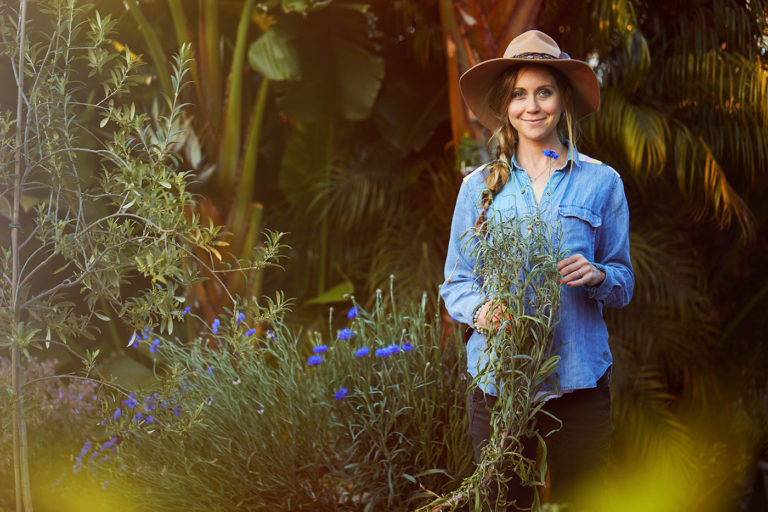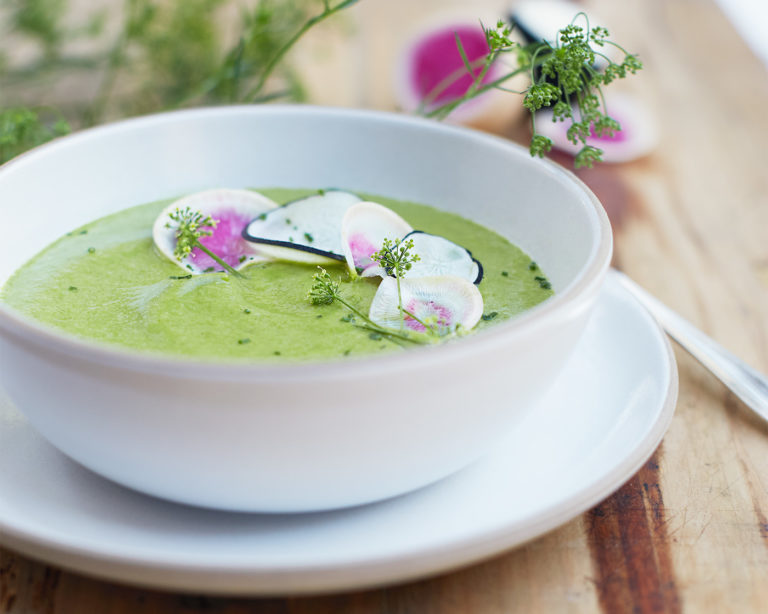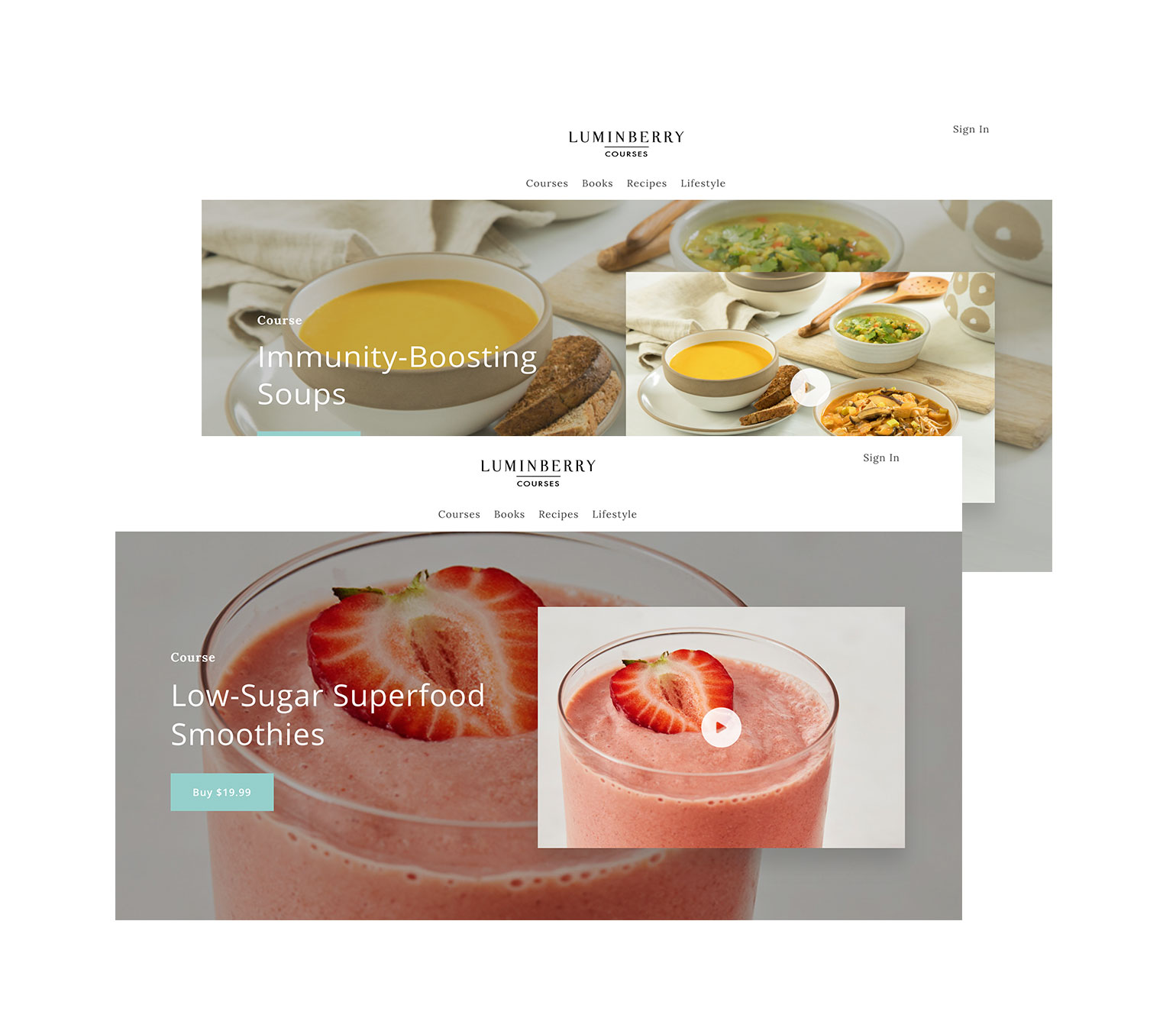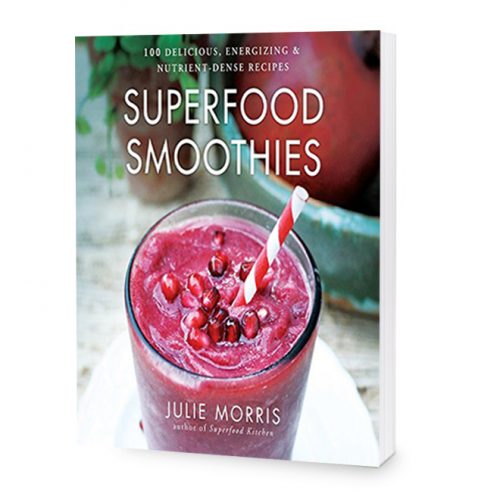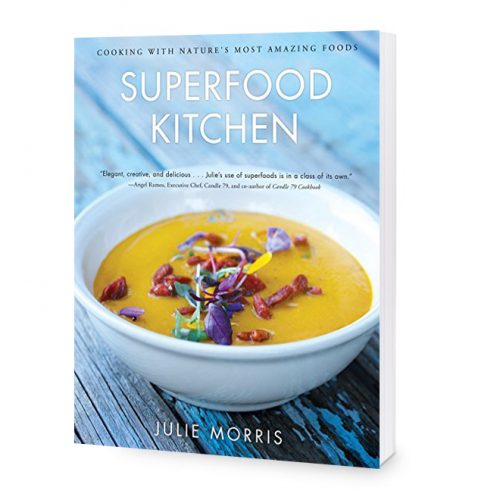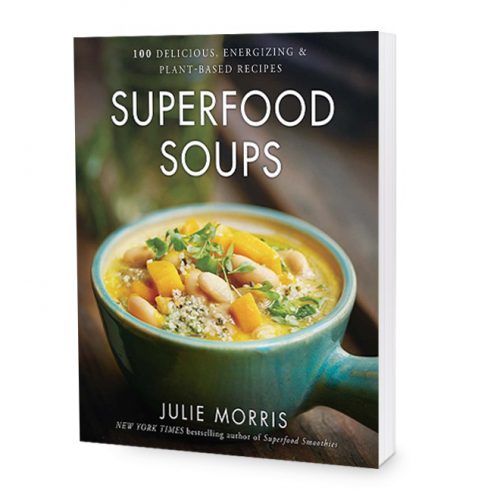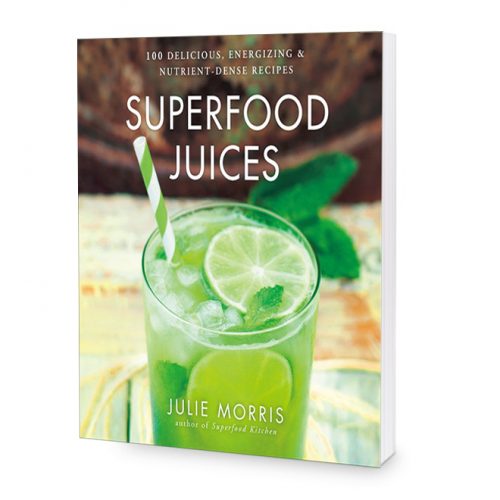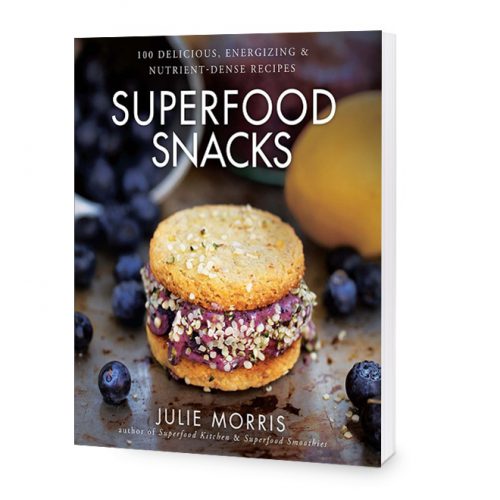I wish I had a brownie for every time I’ve been informed that eating naturally is simply too hard. While making fancy shmancy meals can be a fun project, uber delicious healthy food doesn’t have to be complicated. Some of my favorite “recipes” are not recipes at all. Take, for example, a fig. Bite into it and . . . whoa! All those little seeds and colors and textures are like whole universe of magnificent complexity tucked inside a shriveled-looking edible fruit package. Imagine if the fig didn’t exist, and some company “invented” the recipe for one: would the fig not be the most amazing “product?” So much of our food experience comes down to mindset.
There’s a style of Japanese brush painting called shodo – a form of calligraphy with an abstract offshoot that attempts to capture energy and kinetics through a few simple brush strokes. Whereas most styles of painting take days, months, even years to complete, shodo takes just a few calculated moments. A swish. A swash. Maybe one last accoutremental zing . . . and then, the decision to end. And within this philosophy of “less is more,” the biggest challenge becomes when to step away and recognize perfection in “just enough.” It’s an empowering judgment call – a kind of discipline in a way – embracing simplicity in this funny world of ours that is obsessed with faster, newer, hotter, and anything that begins with “now with more.”
Poor ol’ “less.”
In the realm of food — for the most part — modern cuisine teaches “just enough” is never enough. Our perfectly lovely foods are processed, packaged, mixed, mingled, extracted, added and bastardized until they’re pretty much unrecognizable. Then we process them again, add healthyish-looking colorings, artificial vitamins and preservatives, and reshape the result into forms that pass for food-like. I don’t think most people would be too impressed if I took a beautiful shodo painting, sprayed graffiti all over it until it turned grey, covered it in white-out to get to a white page again, and then drew a couple of lines mimicking the original painting in magic marker.
I find natural foods can take us back to a Tao-like state — appreciating beauty in simplicity. Take the humble parsnip: a wonderfully useful root vastly overshadowed by its more rotund cousin, the potato. While usually just reserved for an occasional hodgepodge-style stew or roasted medley of sorts, the parsnip offers a complex flavor functioning as a gorgeous balance between a potato, a carrot, and fennel . . . all rolled into one (aka a “recipe”). And it even contains more vitamins and minerals than many of its other root friends (especially potassium). What a guy.
Homemade parsnip fries utilize this idea of “ingredient economy.” Slow roasting them allows for a caramelization of their inherent sweetness, and a little coconut oil keeps them crisp on the outside and soft within. There are a billion ways to make this recipe fancier, but in pulling them out of the oven, I’m personally hard-pressed myself to add a thing. There’s simply no need. I find these parsnips perfect: Just. The way. They are.
Parsnip Fries:
2 pounds of parsnips (about 2-3 large roots)
2 Tbsp coconut oil, melted
salt and pepper to taste
Preheat oven to 425 degrees.
Peel the parsnips and trim the ends. Cut in half lengthwise, then slice into sticks – about 1/2 inch thick. Spread out onto a large baking pan and toss with oil, salt and pepper. Bake for 30-35 minutes or until golden brown, tossing parsnips once or twice during baking to ensure even cooking.
Serves 2.

